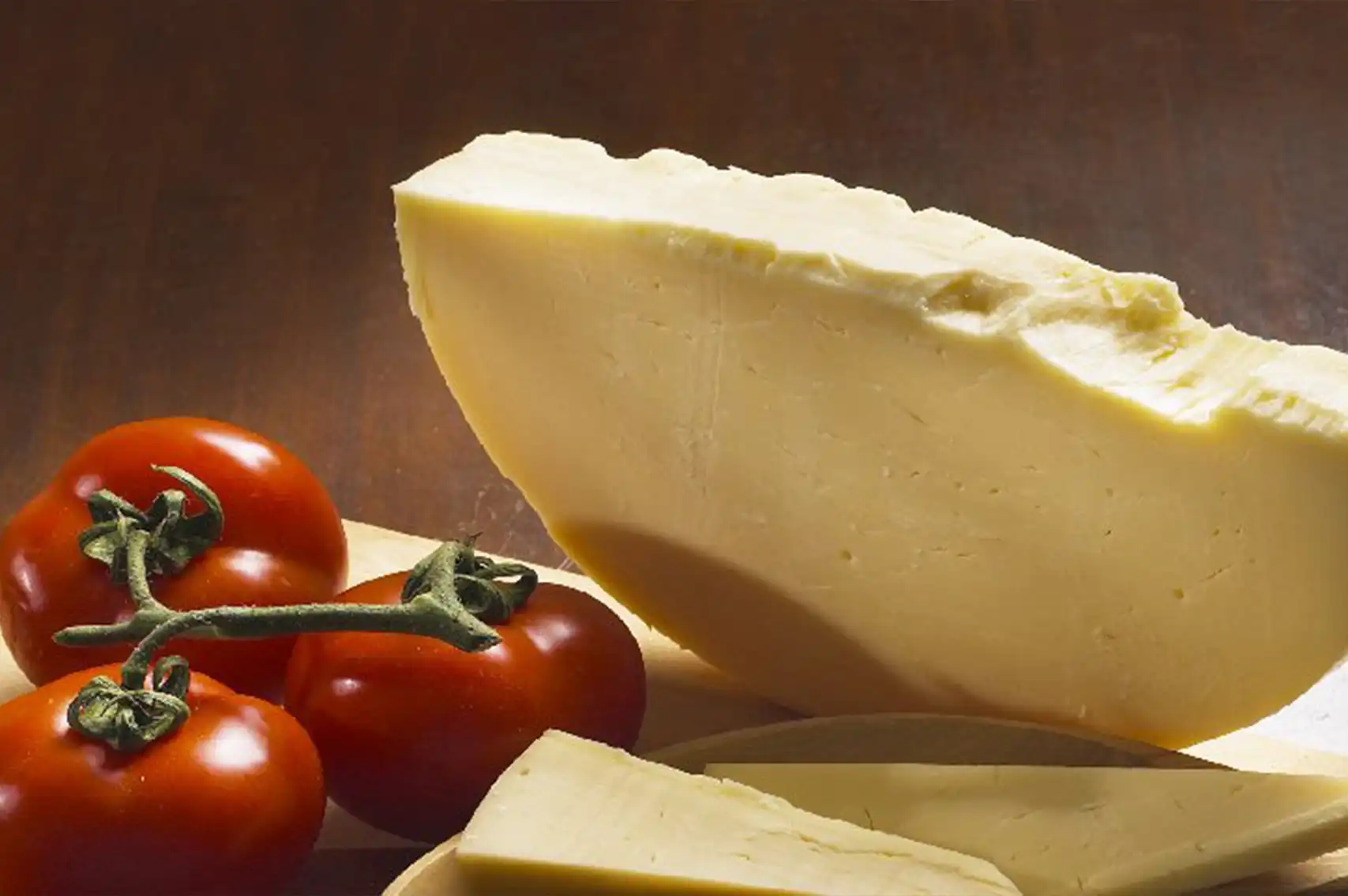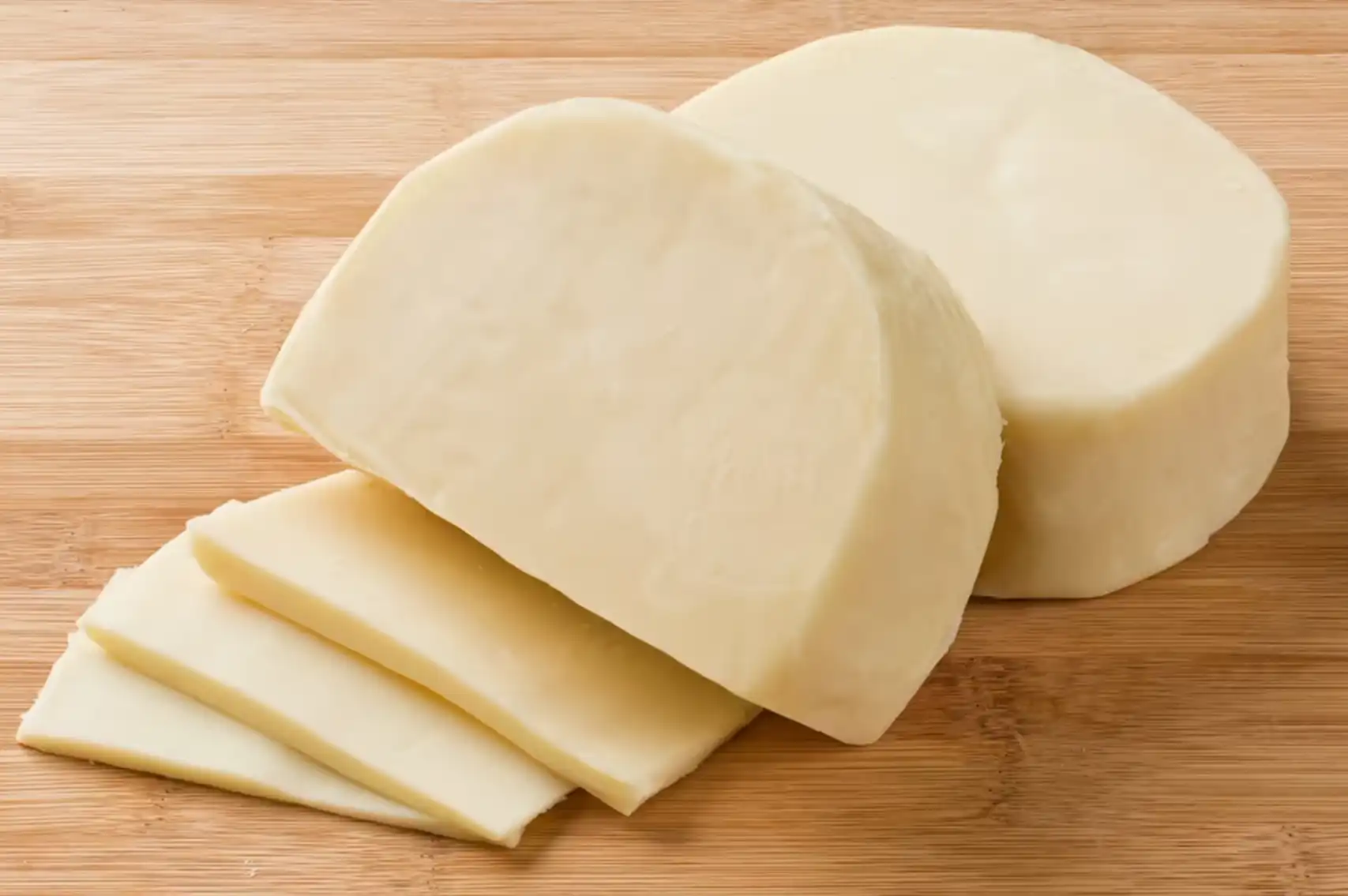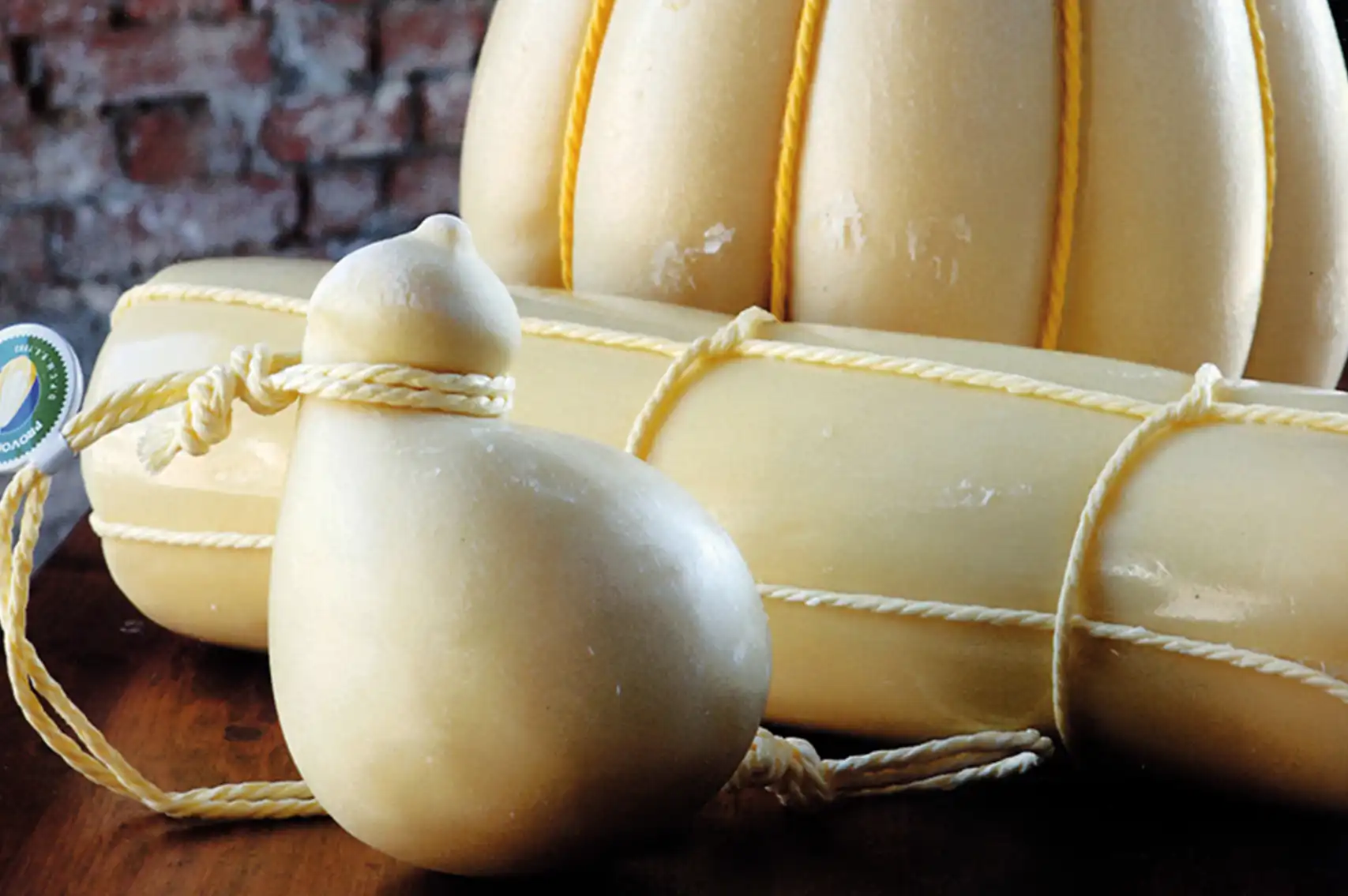What is in provolone cheese? To answer this question, we should know what provolone is at the first step. Provolone cheese is a real gem in Italian cooking, a semi-hard cheese that's super smooth and has a flavor that's both sharp and mild at the same time. This combo makes it an incredible combination, whether you're melting it on a hot sandwich or slicing it up for a fancy cheese board. It's truly a staple in kitchens everywhere, from Italy to around the globe.
But provolone is more than just a sandwich filler; it's a taste of Italian tradition. You've got two main types: Provolone Dolce and Provolone Piccante. Dolce is the "sweet" one, offering a really mild and creamy taste that's great if you like things subtle. Piccante, on the other hand, is the "sharp" one, with a bolder flavor and more of a bite since it's aged longer. So, no matter what you're in the mood for, there's a provolone that'll hit the spot and take your everyday dishes up a notch.

Origin and History of Provolone Cheese
Provolone cheese has its roots in Southern Italy, with a history dating back to the 19th century. Originally produced in the Campania region, particularly around Naples, it has since spread throughout the country and internationally. Today, the cheese is predominantly made in Northern Italy, especially in the regions of Lombardy and Veneto.
The name “provolone” comes from the Neapolitan word provola, a term used for a smaller version of this cheese. Over time, “provolone” came to refer to the larger, aged forms. Traditional provolone is crafted using age-old Italian techniques, and in Europe, some varieties are protected under the Denominazione di Origine Protetta (DOP) label, ensuring authentic regional production.
How is Provolone Cheese Made? What is provolone made of?
What is provolone cheese made out of?
Provolone is made from cow’s milk, specifically full-fat or whole milk, which contributes to its rich texture and flavor. The cheese is classified as a “pasta filata” or stretched-curd cheese, similar to mozzarella.
Key Ingredients in Provolone Cheese:
- Whole cow’s milk
- Rennet (to curdle the milk)
- Salt
- Bacterial cultures
The Production Process:
- Curdling the Milk: Bacterial cultures are added to the milk to start fermentation, followed by the addition of rennet to form curds.
- Stretching and Shaping: The curds are then heated and stretched, giving provolone its signature texture.
- Salting: The cheese is salted either by soaking in a brine solution or by dry salting.
- Aging: Provolone is then aged in controlled environments. Younger versions (Provolone Dolce) are aged for 2-3 months, while sharper versions (Provolone Piccante) can be aged for over a year.
The aging time significantly influences the taste and texture of provolone, giving you a choice between mild and sharp flavor profiles.
You can see the process cheese price from calin and buy it.

What Provolone Cheese Tastes Like?
What does provolone cheese taste like?
Provolone has a complex yet approachable flavor that varies depending on the length of its aging.
- Provolone Dolce (mild): Slightly sweet, creamy, and smooth. Ideal for melting.
- Provolone Piccante (sharp): More pungent and tangy with a pronounced, nutty finish.
Its semi-firm texture makes it excellent for slicing, melting, and grating, making provolone a versatile ingredient in many dishes.
Uses of Provolone Cheese in Cooking
Thanks to its meltability and flavor range, provolone is widely used in various cuisines, particularly Italian-American cooking.
Common Uses:
- Sandwiches & Paninis: Adds a creamy, slightly tangy flavor.
- Pizza Toppings: Blends well with mozzarella cheese for a richer taste.
- Baked Dishes: Great in casseroles, lasagna, or baked ziti.
- Charcuterie Boards: Pair excellently with cured meats, olives, and nuts.
- Stuffed Meats & Vegetables: Adds depth to stuffed chicken, peppers, or meatloaf.
Whether you’re baking, grilling, or snacking, provolone offers both taste and versatility.

Health Benefits of Provolone Cheese
Though cheese should be eaten in moderation, provolone does offer several nutritional benefits:
Nutritional Highlights (per 1 oz / 28g serving):
- Calories: ~100
- Protein: ~7 grams
- Fat: ~8 grams
- Calcium: ~20% of your daily requirement
- Vitamin B12 & Phosphorus: Essential for energy and bone health
Health Benefits:
- High in Protein: Supports muscle repair and growth.
- Rich in Calcium: Promotes healthy bones and teeth.
- Low in Carbohydrates: Suitable for low-carb and keto diets.
However, provolone is also relatively high in saturated fat and sodium, so it’s best enjoyed as part of a balanced diet.
You can buy the best breakfast cheese from calin by clicking on it.
Frequently Asked Questions
Can I substitute Provolone Cheese with other cheeses?
Yes, if you don’t have provolone on hand, several alternatives can work depending on your dish:
- Mozzarella: For a milder flavor and better melt.
- Fontina: Rich and buttery, similar in texture.
- Swiss or Monterey Jack: Good for sandwiches.
- Cheddar (mild): Offers a tangier taste but can work in many cooked dishes.
What dishes can I use Provolone Cheese in?
Provolone cheese can be used in:
- Philly cheesesteaks
- Baked pasta dishes
- Stuffed chicken breasts
- Grilled cheese sandwiches
- Breakfast omelets or egg bakes
- Salads and antipasto platters
Its versatility makes it suitable for almost any savory dish.
How should I store Provolone Cheese?
To maintain freshness:
- Wrap tightly in wax paper or plastic wrap.
- Store in the refrigerator at around 35-40°F (1-4°C).
- Avoid freezing, as it can alter the texture.
- Use within 2–3 weeks of opening for best quality.
Note that if the cheese develops mold or an off-smell, it should be discarded to prevent growing mold all over the rest of the cheese.


